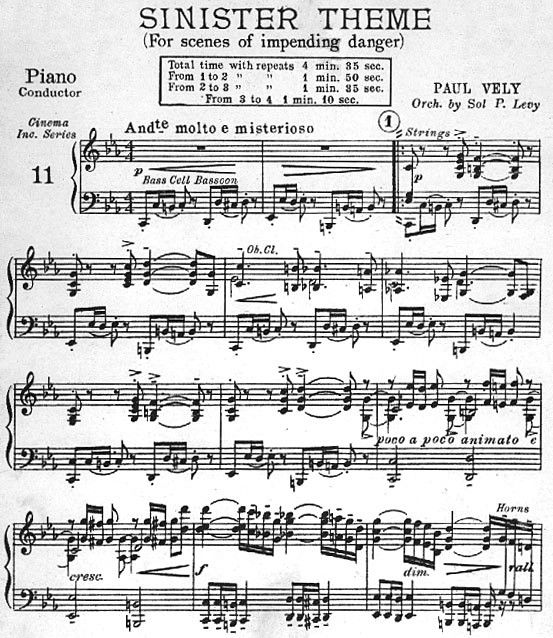
Since antiquity, poetry and song have been connected: the Romans used the same word—carmen—to refer to both, and the lyric, a term that today refers both to the words of a song and a genre of poetry, owes its name to an ancient stringed instrument. The distinction that songs are meant to be performed aloud and poetry is meant to be read in silence is relatively recent; the majority of poetry composed in previous eras was meant to be performed aloud, sometimes with musical accompaniment. The prejudice that poetry is literary, and hence of greater cultural prestige, whereas songs are popular, and therefore appropriate to the marketplace but not the classroom, is more recent still. ENGL 112 challenges this prejudice by demonstrating the continuing connection between poetry and song, particularly in the techniques they use to create meaning: form, rhythm, metre, figurative language, voice, tone, irony, and many others.
If the words of a song affect you in some way—maybe they impress you as cool, or make you angry, or break your heart, or just impress themselves upon your memory—there’s a reason: the song uses the very techniques for getting under your skin that poetry always has. This course will explore those techniques, as well as the ideas the techniques are employed to convey, with the hope of helping you to get more out of your encounters with both poetry and song.
In this course you will explore old and new works, by John Donne and John Lennon, Samuel Taylor Coleridge and Taylor Swift. You will study forms from the sonnet to hip-hop and spoken word. You will also be given the chance to bring to the table a song or poem that is especially meaningful to you. I can’t rule out the possibility that singing may occur.
Readings
• Most readings will be available in a course reader, and the songs will be available through online streaming services
• You can expect to read poems from an array of genres, most from the present and recent past, with some from a few centuries ago. The musical selections will be from an array of contemporary and recent musical styes, with perhaps a few examples of nineteenth-century art songs.
Assessment
• Three short skills-based exercises (25%)
• An essay (30%)
• Participation (10%)
• Final exam (35%)
